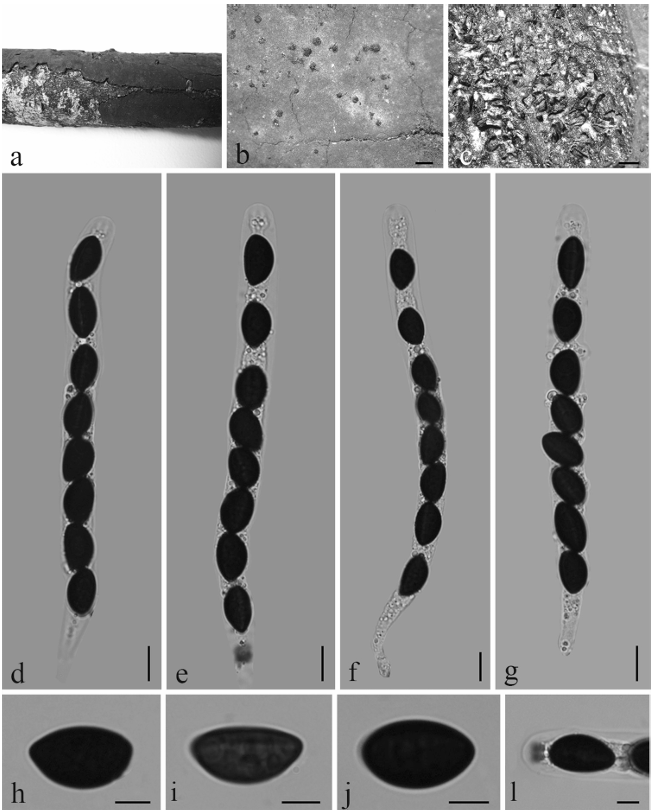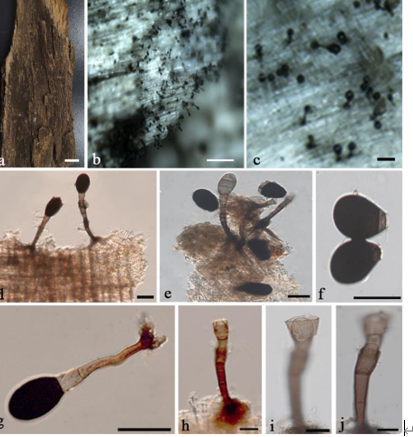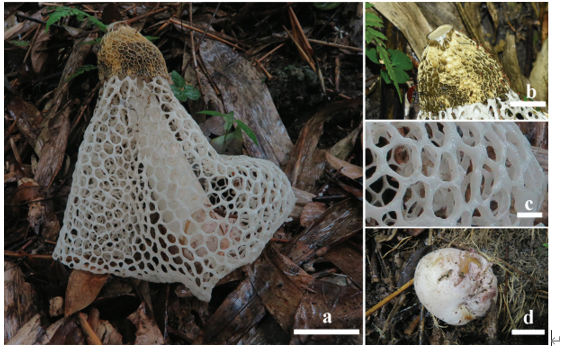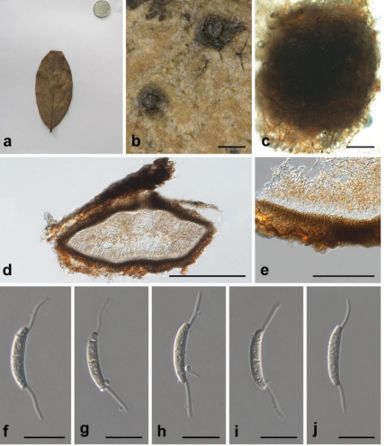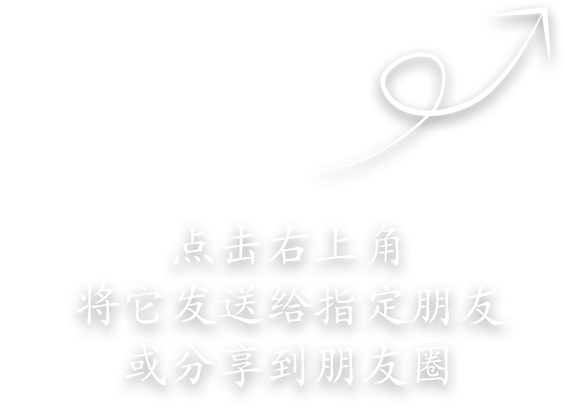Tremella guangxiensis F. Wu, L.F. Fan & Y. C. Dai, sp. nov.2021
MycoBank: 839827
Holotype:China. Guangxi, Jinxiu, Dayao Mountain, on angiosperm tree, 15 July 2017, F. Wu 3 (BJFC026009).
Description:
Sexual morph:Basidioma. Sessile, when fresh soft gelatinous, milky to creamy-white, translu cent, pustulate to irregularly cerebriform, with thick and undulate lobes, up to 4.0 cm long, 4.0 cm broad and 1.5 cm high from base, distinctly shrinking into a film and becoming lightly yellowish when dry, broadly attached to substratum. Internal features. Hyphae hyaline, smooth, thin- to slightly thick-walled, 2.0 6.0 µm in diameter, branched, interwoven, with abundant clamp connections, clamp complexes and anastomoses, slightly thick-walled hyphae usually present near to base of basidioma and sometimes swollen up to 9.0 µm; hyphidia hyaline, smooth, thin walled, branched; swollen cells present, hyaline, smooth and various in the shape, sometimes slightly concave; vesicles and haustoria absent; mature basidia thin-walled, globose to subglobose, with a basal clamp connection, 14.0–17.0 × (13.6–)14.0 16.0(–17.0) µm, L = 15.9 µm, W = 14.8 µm, Q = 1.07 (n = 30/1), sometimes their width greater than length, usually longitudinally septate, rarely obliquely septate, 2–4-celled, with obvious oil drops; sterigmata up to 60 µm long, 1.5–2.0 in diameter, slightly protuberant at apex; probasidia thin-walled, clavate to ellipsoid, proliferating from terminal hyphae; basidiospores hyaline, thin-walled, broadly ellipsoid to slightly ovoid, apiculate, with oil drops, (7.5–)8.0–9.5 × 6.0–7.5(–8.0) µm, L = 8.7 µm, W = 6.8 µm, Q = 1.28 (n = 30/1), germinating by germ tubes or secondary spores; conidia massively present, originating from umbelliform conidiophores, hyaline, thin-walled, ovoid to broadly ellipsoid or fusiform to cylindrical, 2.0–3.2 × 1.8–3.0 µm.
Asexual morph: Undetermined
Culture: Undetermined
Habitat: Undetermined:
Distribution:China
GenBank accessions: ITS MT445843,PartialnLSU MT425186,mtSSU MT483748,TEF1 MT445756,RPB1 MT445746,RPB2 MT445752;
Notes:Tremella guangxiensis is closely related T. “neofibulifera” in our phylogenies (Figs 1, 2). The most distinctive characteristic of the species is branched hyphidia and umbelliform conidiophores, but T. “neofibulifera” has parallel hyphidia and lacks of co nidia. In addition, T. guangxiensis are different from T. australe and T. “neofibulifera” by 6.35% and 5.09% sequence differences in the ITS sequences and 3.39% and 1.97% in the partial nLSU sequences respectively.
Referenc: [1] Zamora, J. C. , Millanes, A. M. , Wedin, M. , Rico, V. J. , & Perez-Ortega, S. . (2016). Understanding lichenicolous heterobasidiomycetes: new taxa and reproductive innovations in tremella s.l. Mycologia, 108(2), 381-396.
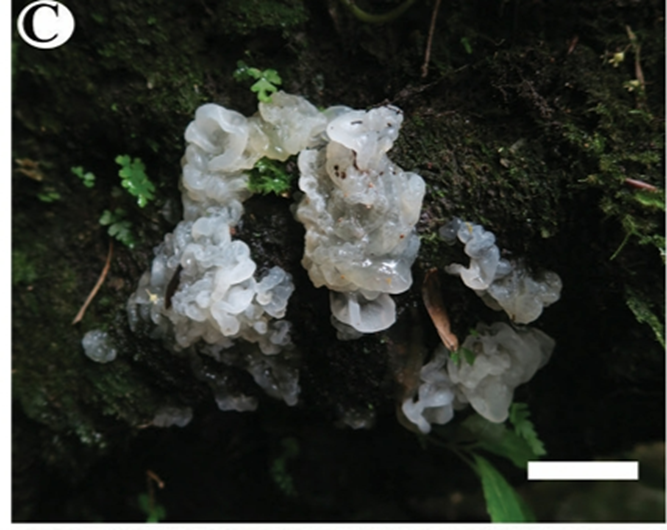
C T. guangxiensis
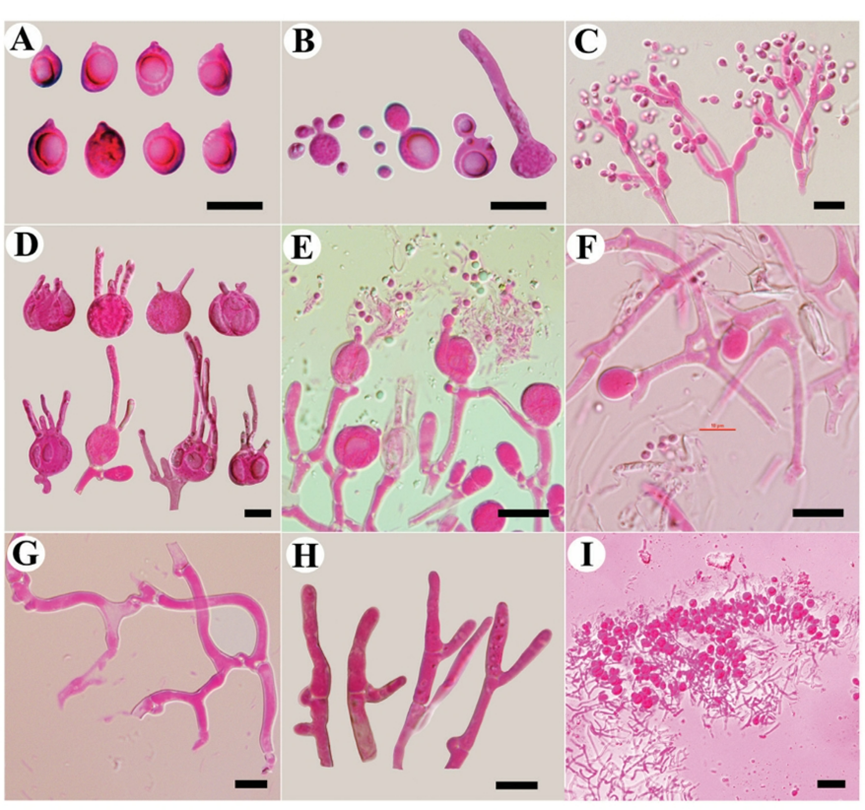
A basidiospores B germination tubes of basidiospores and secondary spores C conidia and conidiophores D basidia at different stages E, F proba sidia G hyphae with clamp connections and clamp complexes H hyphidia I a section of hymenium. Scale bars: 10 µm (A–H); 20 µm (I)


